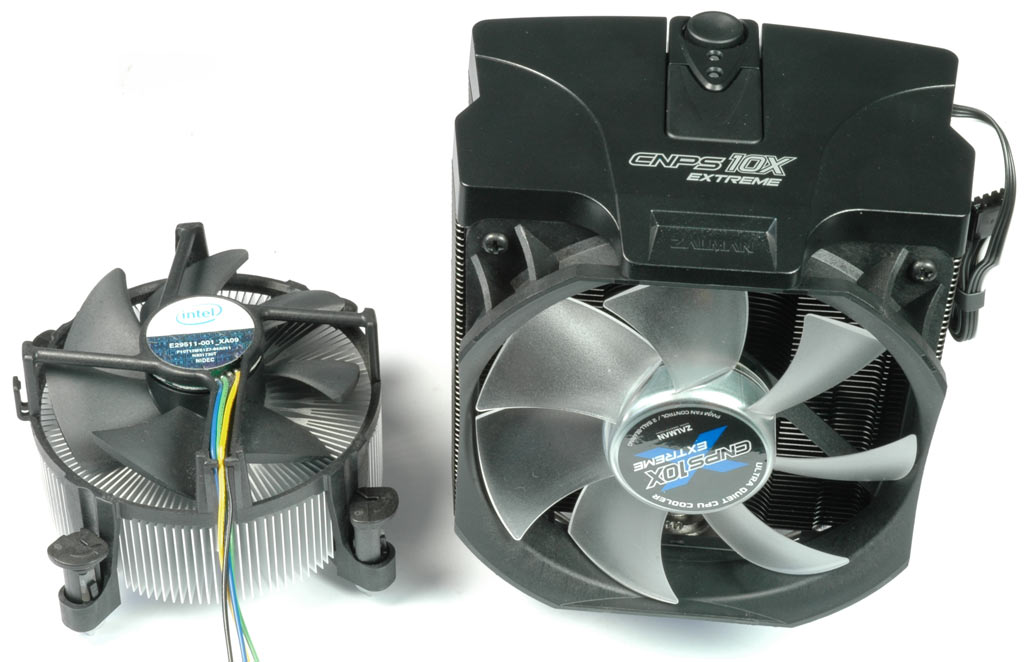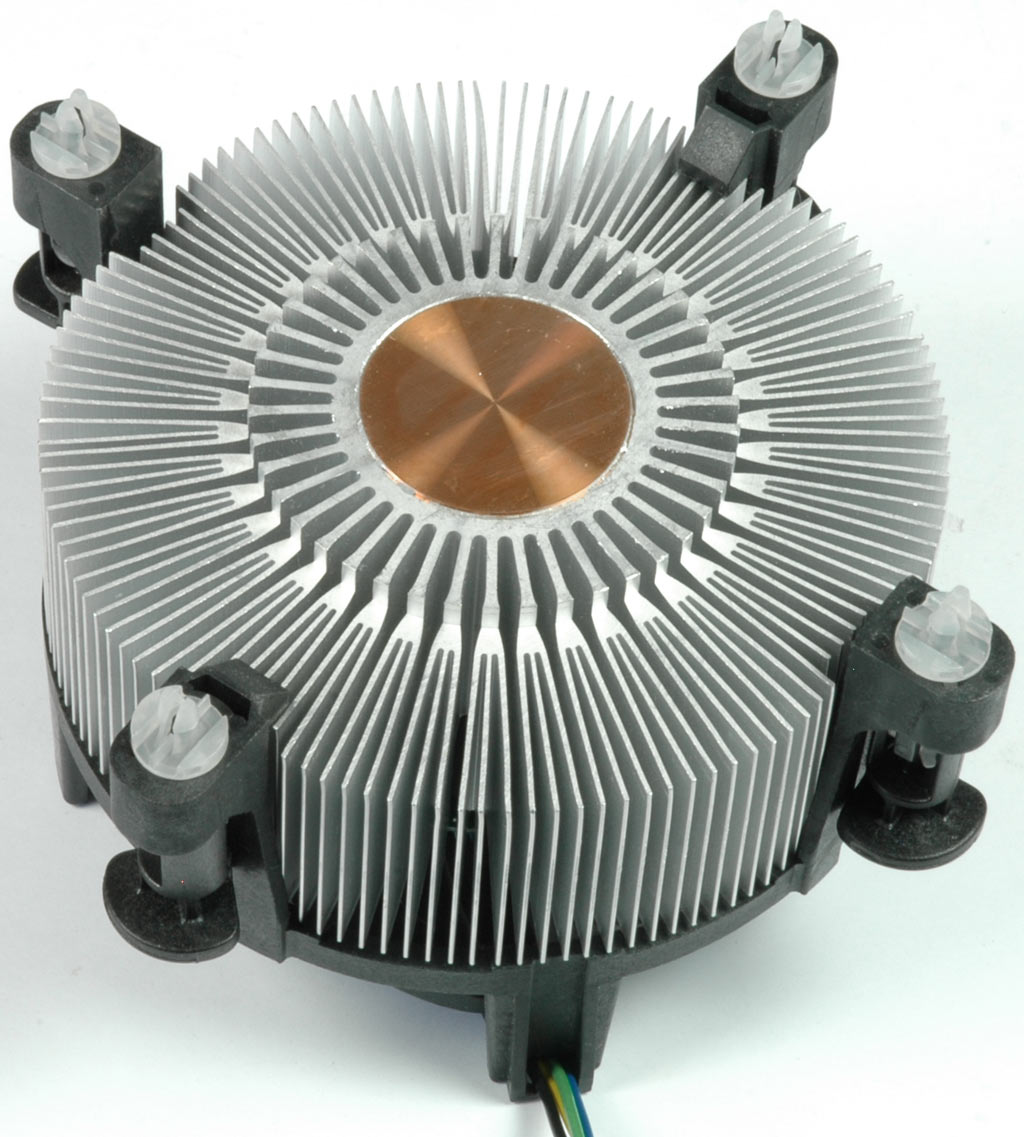Is It Worth Upgrading Your Stock CPU Cooler?
From The Boxed Cooler To Zalman’s CNPS 10X
Many folks prefer building their own PC systems rather than purchasing pre-configured solutions, and most typically go for a retail processor, as the fancy boxes from AMD and Intel typically include a cooler that each respective vendor considers "good enough." While low-end retail processors tend to be bundled with the lightest, least-effecitve coolers for the sake of keeping cost low, upper-mainstream and high-end CPUs do generally include decent cooling devices. Even so, we found that an aftermarket cooler, such as the new Zalman CNPS 10X, can do a much better job of cooling an overclocked Core i7-920.
Cool(er) Investment
The so-called “boxed coolers” that come included with retail processors such as the Intel Core i7-920, may look nice thanks to copper cores and many really subtle fins that increase the cooling surface. But their intended use is regular PCs, making them a rather poor choice for enthusiasts, overclockers, or users looking to assemble a truly quiet system.
There are many vendors that cater to users in need of more efficient, more powerful or simply quieter processor cooling solutions. Companies such as Coolermaster, Glacialtech, In-Win, Noctua, Prolima, Scythe, Spire, Thermalright, Thermaltake, Titan, Xigmatek and others offer aftermarket cooling solutions for various needs. We decided to use the latest upper mainstream cooler by Zalman, the CNPS 10X, to replace Intel’s Core i7 boxed cooler.
This is the cooler that comes with Intel's Core i7-920 processor. Although it has a copper core and a large surface area, every decent upper-mainstream aftermarket cooler will outclass it.
Cooling, in Short
Coolers are all about conducting heat away from a hot spot (the processor, in this case) and dissipating that heat over a large surface area into the surrounding air. System and power supply fans then suck the heated air out of the PC. The larger the heat sink surface, the easier it is to dissipate air quickly and evenly. So-called heat pipes, which are fluid-filled tubes, assist in distributing heat onto a complex heat sink. You will find that most state-of-the-art coolers have rather massive dimensions in an effort to provide maximum surface area.
Get Tom's Hardware's best news and in-depth reviews, straight to your inbox.
As for materials, while silver and copper have excellent heat conductivity, these materials are rather expensive—aluminum offers an acceptable compromise between cost and conductivity.
Current page: From The Boxed Cooler To Zalman’s CNPS 10X
Next Page Intel's Core i7-920 And A Replacement Cooler: Zalman's CNPS 10X Extreme
